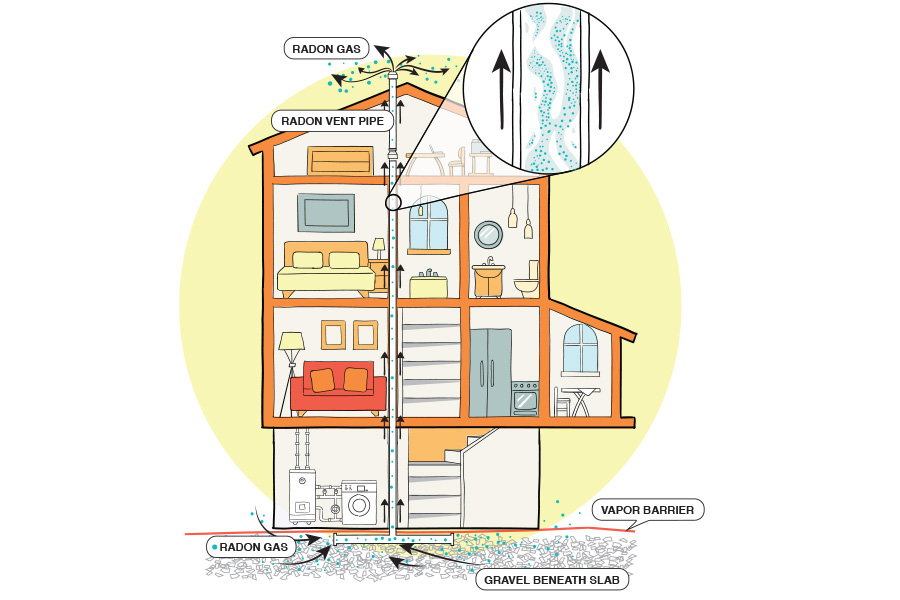A cuddly puppy sporting a bright ribbon on Christmas morning
could start a lifetime of special memories for some lucky
child.
“The best thing about owning a pet may be that special bond that
develops between the animal and its owner,” said Jim Strickland,
a University of Georgia Extension Service veterinarian.
Children can learn from pets, especially if they’re the ones who
feed and care for the animals. But you don’t have to teach a
child to love a pet, Strickland said, or a pet to love a
child.
Before you put all that magic in motion, however, think it
through. Do you want to give your child a dog, cat, bird, fish or
some exotic pet? How about a wild animal?
“Forget wild animals,” Strickland said.
Exotic pets can be costly, he said, and it could be hard to find
experienced veterinary care for them. And many a potbellied pig
has ended up in a pig sale or humane society shelter.
“Don’t ask the seller how good an animal is as a pet,” Strickland
said. “Ask for a list of buyers, and ask them.”
Fish are nice, but it’s hard to hug a fish.
“Birds make good gifts,” Strickland said. “And most vets have
more training on birds now than they used to have.”
Ultimately, though, it’s hard to beat dogs or cats as pets for
kids.
“Cats are growing in popularity faster than dogs,” Strickland
said. “That’s mostly because they cost less.”
Even giveaway kittens can make nice pets. Pedigreed cats can cost
$100 and up, Strickland said, which is still much cheaper than
pedigreed dogs.
If you give your child a dog, decide first what kind you want,
Strickland said. Will it be a house pet or an outside dog?
“Outside, it’s best to have a fenced yard,” he said. “The dog
needs room to run, but you want to prevent automobile accidents,
and you don’t want the dog to be a nuisance to the neighbors.”
For house dogs, consider your child’s age. “A tiny breed like a
pocket poodle or Chihuahua might not survive with a very young
child, while something like a beagle is more likely to grow up
with the child,” he said. “Larger dogs may be too energetic for a
small child.”
Some breeds require a lot of costly clipping and grooming, too,
he said.
Dogs range from tiny hand-sized breeds to nearly 200-pound
giants. So consider how much you can afford to feed it. “A rule
of thumb is that it takes an ounce of feed a day for each pound
the dog weighs,” Strickland said.
Consider the dog’s disposition, too, he said. Among big dogs, for
instance, a Labrador retriever is a better choice around children
than a Rottweiler, which may be a better protection dog.
A good place to find the pet is “just someone who has raised a
litter,” Strickland said. “You tend to have a little less disease
problem with these pets, and they can cost a lot less.”
Pets are also available from local breeders and from franchised
pet shops. You have more choices at pet shops and usually get
some kind of guarantee, but they’re likely the most expensive,
too.
Check the local newspaper classified ads for that owner with a
litter for sale or the local breeder. The local humane society
has good, low-cost dogs. Franchised pet stores are mostly in
shopping centers or malls.
Wherever you find your pet, Strickland said, be sure to get its
medical records. Then take the pet and its records to a local vet
within a week. Check with the vet on heartworm prevention, for
dogs, and flea and tick control, for dogs and cats.
“Go ahead and set a timetable to have it neutered, too,”
Strickland said.




